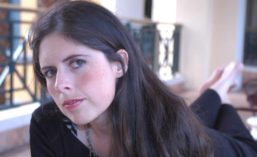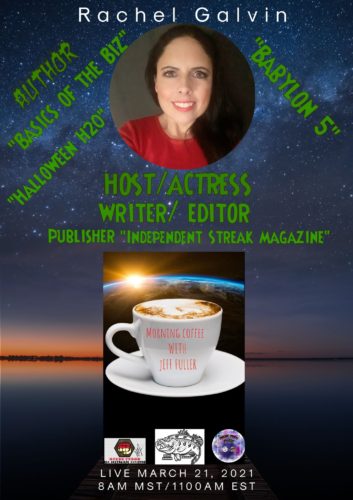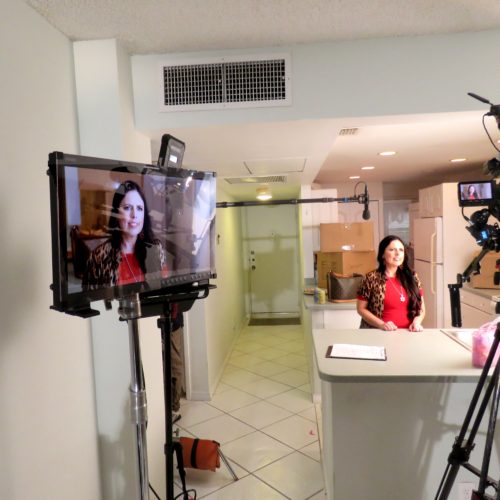(Seen in Cultural Quarterly, Summer 2008)
By Rachel Galvin
For Harumi Abe, art is personal. It encompasses the artist’s spirit and captures the surrounding world. This recipient of a 2008 South Florida Cultural Consortium Visual and Media Artists Fellowship seeks to show others what lies right before them; things they take for granted or perhaps don’t notice at all.
“It is hard to see things right in front of your face,” she says. “I am inspired by everyday life. To me, art is right in front of you.” She looks up at her painting on the wall of her Hollywood home; it is a picture of a dog sitting in the kitchen. His head is half-cocked, his pouting eyes stare in desperation. The dog belongs to someone she knows. “It is asking me to go outside,” she says, laughing.
There is something unique to her realism; it’s kinetic. This is evident especially in her newest pieces, a set of works that exemplify an old house, a seeming collage of old photographs. Suddenly an old chair, a wall, a bureau take on new meaning. The look is lived-in, not posed.
Her work draws the viewer in by its lack of balance, as if the subject matter was perfectly centered and then the artist was bumped a bit to the side. Its look is slightly skewed, inviting the viewer into the piece in a unique way. A hand and part of an arm prop up an unseen person. “That person could be someone you know. It could be you,” says Abe, who wanted to create paintings that someone could live in.
This collection was inspired by many elements: looking at old photographs, for example. But a pair of artists in particular seem to have served as an inspiration – Janet Cardiff and George Bures Miller. Their exhibit was shown at the Miami Art Museum (MAM), which Abe calls “Disneyland for artists.” What she found most interesting was a peek-a-boo box of sorts called Opera for a Small Room. She pointed out its picture in the artists’ book The Killing Machine & Other Stories. She was fascinated by the concept of implementing all the elements of an opera in an encapsulated space.
She is also inspired by the works of sculptor Duane Hanson and Korean sculptor Do-ho Suh, as well as painter Eric Fishl. She points out a picture on the front of one of his books. It is reminiscent of her new collection, but people are shown in the picture, an element she eventually removed. “Eric Fishl says to include more than one figure in the painting. I was the most available subject,” she says, looking at an older series of paintings featuring her as every person in the painting. She found this a limiting concept and shifted into the viewer becoming the subject.
Abe, a painter, expresses herself most readily through oil. “Oil is an easier language to speak with,” she says poetically. For one so young, the 27-year-old Abe speaks often in profound tidbits, mixed into an energetic dialogue brimming with youthful passion for her craft.
It seems this young Japanese-bred artist was born to the calling. Her grandfather, whom she never met, was an artist. But when he died and her mother wanted to take up art, her grandmother forbid it. It wasn’t something women were supposed to do and the emotional heartbreak over the loss of her husband permeated the decision as well. Abe’s mother surrendered and did not become an artist, instead passing the artistic flame on to her daughter, Harumi, whom she encouraged to study art as early as age five5. But it wasn’t something she actively pursued in school.
Abe grew up a restless spirit in a traditional space. When offered the chance to come to America, she jumped. She was an exchange student in high school and lived in Georgia for a year. It was from this taste of freedom and novelty that she rediscovered her artistic side and came back in 2000 to study at the Miami International University of Arts & Design, receiving her Bachelor of Fine Arts degree. Driven to take her studies to the limit, she pursued and received a master’s degree at Florida International University. She creates her art in the studios there, within an intimate environment of less than 15 people. She recently was offered a new studio, having been accepted into the ArtCenter/South Florida residency program on Lincoln Road in Miami Beach.

She has created an artistic family not just among fellow artists, but also with her husband, Thomas Nolan, a found object artist and previous recipient of the South Florida Cultural Consortium Fellowship, and her mother-in-law, photographer Peggy Levinson-Nolan, who also won the award.
In addition to creating masterpieces, Abe hopes to teach. “I have applied to several adjunct teaching positions. I would love to teach. Through teaching you learn a lot,” she says, adding that when she has the opportunity to teach at her school, the humbling experience was exactly what she knew she wanted to do. She emphasizes the importance of not “selling out.” She relates that in Japan, art is very commercial, not as personal. She enjoys the personal expression more. “I don’t want sales to change my work,” she says – spoken like a true artist.
Her work is left up to interpretation. She likes to delve into what she terms “magical realism” on occasion. A painting of her in her backyard suddenly becomes a playful place – two figures hiding under cover of pink umbrellas, being pelted not by rain, but by jellyfish. One of her professors speculated that the odd cascading entities looked like atom bombs and she was protecting herself from fallout. She laughed at the interpretation, yet she likes the idea of people coming to their own conclusions.
She chose her backyard because “daydreaming happens in a safe space. You know how you may be sitting in your kitchen and you may see something out of the corner of your eye, like a cable, and for a second you think it is a snake? What if it were a snake?” she explains, saying this is the magic she likes to explore. A different piece shows goldfish in the sky, an elephant and a girl’s torso peering from a yellow pot.
She is also motivated by the written word. Abe uses the way a writer expresses him or herself as a platform for her painting. “I am inspired by Haruki Murakami. His descriptions are so real you can almost smell it. That is what I wanted to try to create,” she says. She was inspired in her newest collection by Poetics of Space by Gaston Bachelard.
In her classes, she has been encouraged to try several different types of media. One of her projects was video art. Her video depicts a figure lying in a bed watching a series of slides. We only see his feet. Meanwhile, a woman’s narrative plays over the images. The story is about her dying father; her realization that everything is precious, exemplified by her desire to “watch sunsets” (rather than just merely glance at them or have the beauty unfolding while doing something else). Again, the viewer is drawn into this piece. It could be the viewer lying in that bed. The pictures are also missing something, just enough that the viewer could have been there.
Perhaps the message is to not take anything for granted, especially that which is right before your eyes. This seems to be what Harumi Abe is trying to capture and attempting to say within her artwork. As she notes in her Artist Statement:
Art exists right under the nose.
It resides in my everyday experiences;
swimming in the ocean of my bed sheets, soft from many washings,
looking into my husband’s sleepy face in the morning,
greetings from a cat at my front door.
This series of work addresses a reverie of the ordinary:
self-portraits reflecting my most tranquil and sublime state of mind.
Harumi Abe’s work will be shown at a special exhibit at the Museum of Art| Fort Lauderdale from July 13 – along with the other South Florida Cultural Consortium Fellowship recipients. For more information on her art, visit www.harumiabe.com.




